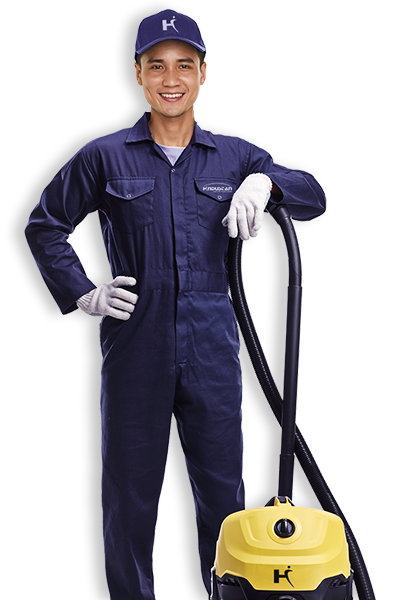In our ongoing battle against microscopic threats, understanding the science behind professional sanitization is more crucial than ever. This article will demystify the techniques and innovations that make modern sanitization methods so effective, helping you comprehend why it’s a key pillar in maintaining public health and safety.
The Foundation: Understanding Pathogens
To grasp the effectiveness of professional sanitization, we must first understand what we’re up against. Pathogens, including viruses, bacteria, and fungi, are the invisible enemies lurking on surfaces, in the air, and on our hands. They can cause a range of illnesses, some benign, others deadly. Professional sanitization aims to neutralize these threats, reducing the risk of disease transmission.
The Role of Disinfectants in Sanitization
The heart of professional sanitization lies in the use of disinfectants. These chemical agents are designed to kill or deactivate pathogens. However, not all disinfectants are created equal. Their effectiveness depends on factors like the type of microorganism, the concentration of the disinfectant, contact time, and the surface being treated.
Advanced Technologies Elevating Sanitization
In recent years, the sanitization industry has witnessed remarkable technological advancements. Innovations like electrostatic sprayers and UV-C light disinfection have revolutionized how we approach sanitization. Electrostatic sprayers ensure even coverage of disinfectants on surfaces, while UV-C light offers a no-touch, chemical-free method of killing pathogens.
The Importance of Proper Techniques
Even the most advanced disinfectants and technologies can fall short without proper application techniques. Professional sanitization services train their staff extensively in these methods, ensuring that every application is effective. This includes understanding how to handle and apply chemicals safely, ensuring adequate contact time, and knowing the right techniques for different surfaces and spaces.
The Impact of Professional Sanitization on Public Health
The effectiveness of professional sanitization is evident in its impact on public health. By reducing the load of infectious agents in public spaces, professional sanitization plays a crucial role in preventing outbreaks and slowing the spread of diseases. It’s a key component in the broader public health strategy, especially in high-risk environments like hospitals, schools, and public transport.
Sanitization vs. Cleaning: A Critical Distinction
It’s important to distinguish between sanitization and cleaning. While cleaning removes visible dirt and debris, sanitization goes deeper, targeting the unseen pathogens. Professional sanitization services combine both, ensuring a space is not only clean to the eye but also hygienically safe.
The Future of Sanitization: Innovations on the Horizon
Looking ahead, the field of sanitization is poised for even more innovations. We can expect to see developments in biodegradable and more potent disinfectants, automated sanitization robots, and smarter application techniques. These advancements promise not only greater effectiveness but also increased sustainability and safety.
Embracing Green Sanitization Practices
An emerging trend in the sanitization industry is the shift towards eco-friendly practices. This involves using green chemicals that are less harmful to the environment and people, without compromising their germ-killing effectiveness. As we become more environmentally conscious, this aspect of sanitization is gaining momentum.
Training and Expertise: The Human Factor
The effectiveness of sanitization is also heavily reliant on the expertise and training of the professionals performing it. Knowledge about the right concentration of chemicals, understanding the dwell time, and the ability to assess different environmental conditions are crucial skills. Regular training updates ensure these professionals stay abreast of the latest developments and best practices.
Regular Sanitization: A Key to Long-term Health
Regular sanitization isn’t just a response to an immediate health threat; it’s a long-term strategy for maintaining a healthy environment. Regular, thorough sanitization can prevent the buildup of pathogens, thus reducing the likelihood of disease outbreaks and creating a safer environment for everyone.
In Conclusion: A Vital Pillar of Public Health
In conclusion, the science behind professional sanitization is both complex and fascinating. It combines chemistry, technology, and expert techniques to create safer environments. As we continue to face health challenges globally, professional sanitization remains a vital pillar in our collective effort to maintain public health and safety. Understanding this science not only helps us appreciate the work of these professionals but also underscores the importance of incorporating regular sanitization practices into our daily lives.



